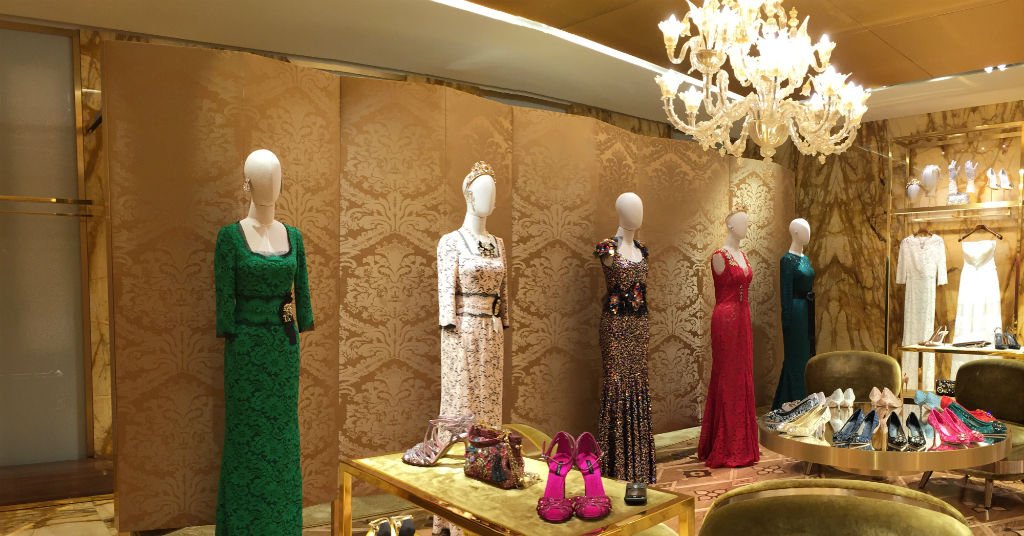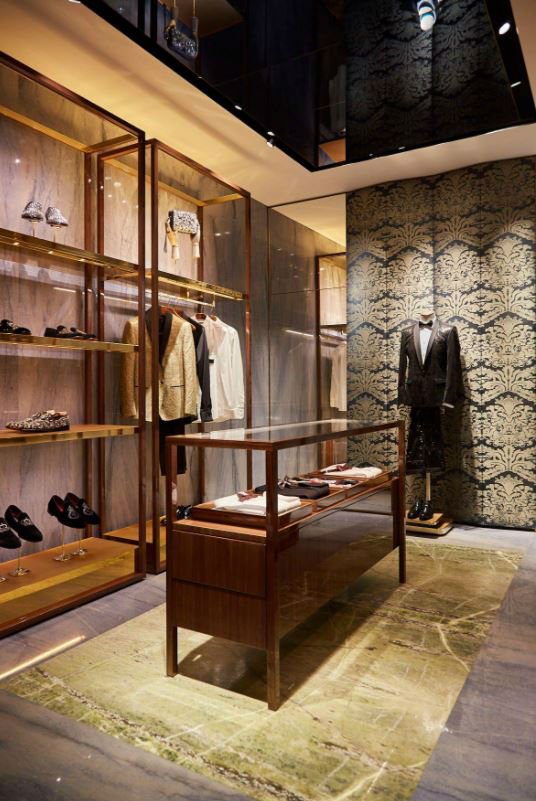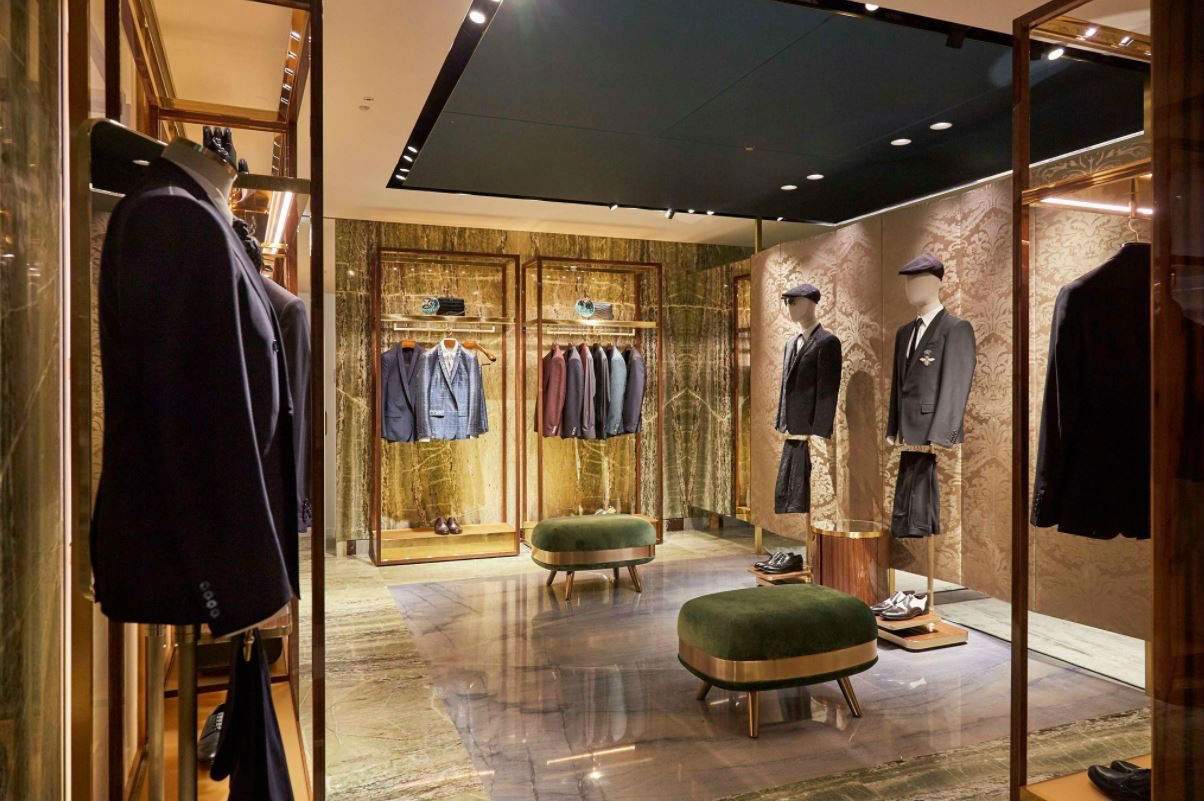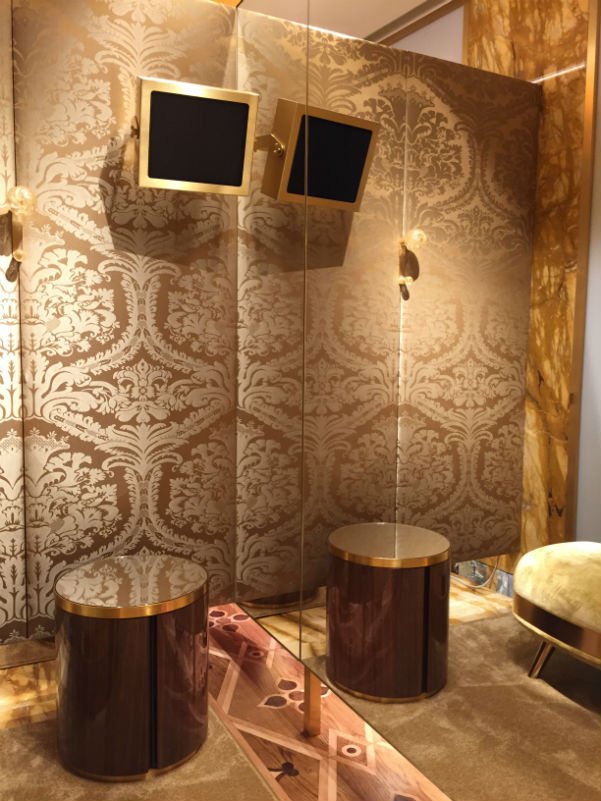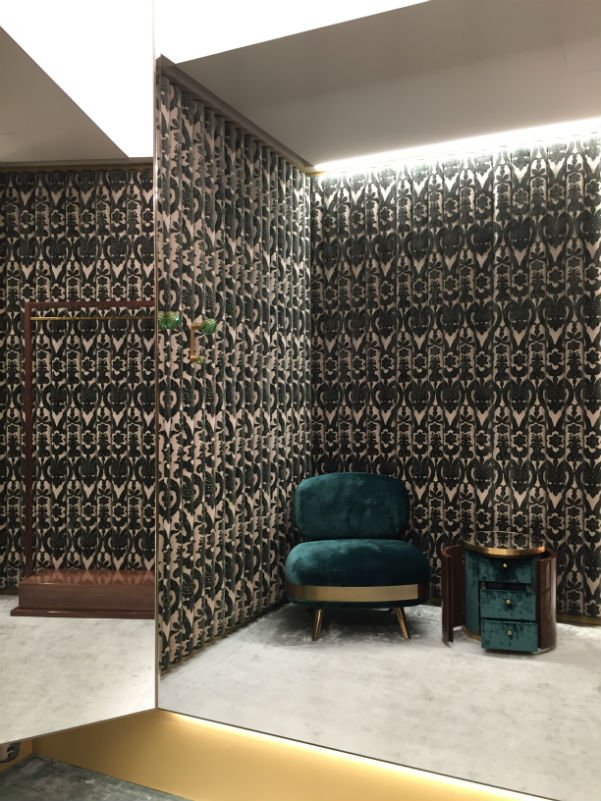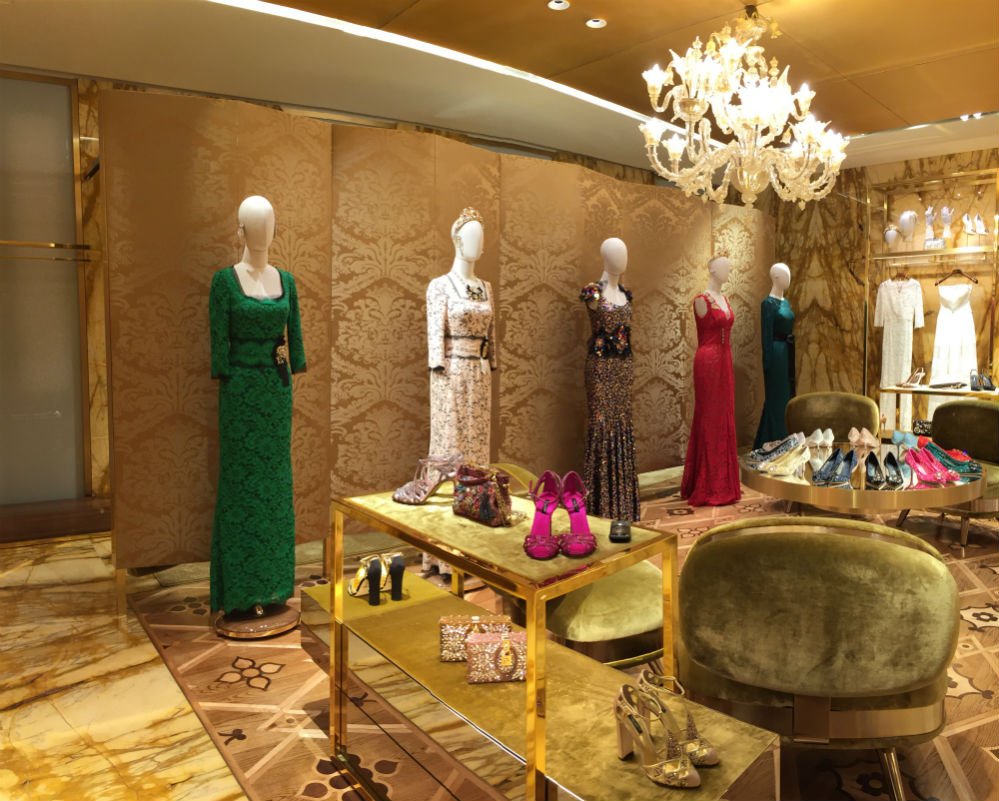Is it possible for history and modernity to live together? Take a peep inside Palazzo Torres, next time you call at St Mark’s Square, and you’ll find that the answer is yes. Because this is a 19th-century palace, but now it contains the new Dolce & Gabbana boutique. Special guests: Bevilacqua’s Italian fabrics for curtains.
The history and restoration of Venice’s Palazzo Torres
Home to a noble family, then hotel and then bank: the use of Palazzo Torres has changed more than once. Its aspect, though, has remained unchanged: its interiors are as splendid as they were in the 19th century. And the architect Eric Carlson, of the Carbondale group, has made sure that this magnificence survives even in the D&G store he’s designed.
How did he do that?
Musing on the project for years and with a 6-months restoration, which revived the mansion’s original marble floors, wooden ceilings, walls and frescoes. And with the help of a team of Venetian craftspeople, who created the walls’ gilded decorations, provided Murano-glass chandeliers, mosaics made of glass and gold and baroque mirrors.
Be careful, then, if you decide to cross its doorstep: outside it looks like a – more or less – innocent luxury boutique, just like the others on Calle Larga XXII Marzo. But inside there’s a whole palace awaiting for you, as well as a piece of Venice’s history and culture.
After all, this was exactly Eric Carlson’s aim:
The creative genesis of Dolce & Gabbana’s boutique began with the desire to create a “cultural destination”.
So this isn’t simply a high-fashion store, but a full immersion in Venice’s culture, beauty and craftsmanship. And some of our luxury fabrics for drapes have joined it.
Let’s see which ones.
The silk velvets and damasks of Dolce & Gabbana’s store in Venice
The Bevilacqua fabrics used as curtains and on the folding screens of this boutique are 2: the Senatori velvet and the R Craquelé damask. Different types of fabrics, but with some features in common: the age their patterns date back to and a connection to Venice.
We’ve already told you the story of the Senatori pattern in this article. And discovering this velvet’s bond to Venice is easy: the design is the same that decorated the robes of Venetian Senators between the 1500s and 1600s.
The R Craquelé damask, on the other hand, hides some surprises.
First of all, its relationship to Venice: it was already used in another building in the city, Ca’ Vendramin Calergi, seat to the Casino.
Secondly, it’s a good example of the Louis XIV style, with its large intertwining floral and vegetal elements, symmetrically repeated on the whole textile. In short: as grand as Baroque art required, but harmonious, too, as classic art specified.
These 2 souls – the classic and the baroque – that the Sun King liked combining together, aren’t peculiar only to the Versailles Palace: you can find them in Palazzo Torres, too. As well as contemporary high-fashion garments and accessories.
Would you like to see where our fabrics have been used? Take a look at this video by Carbondale Studio!

